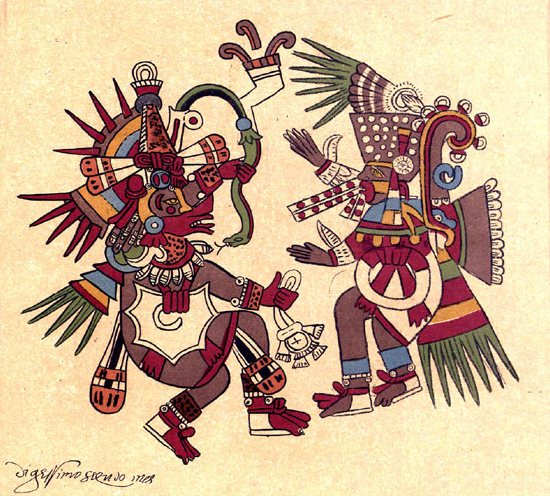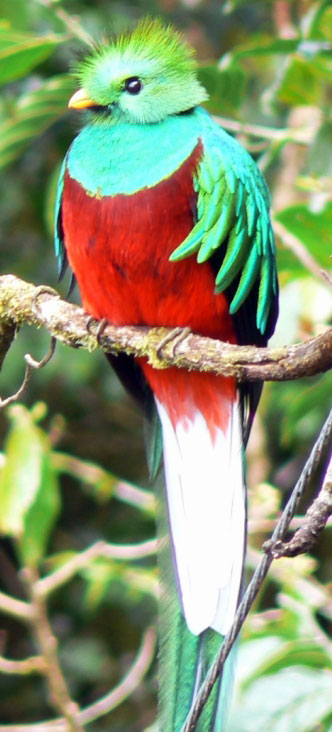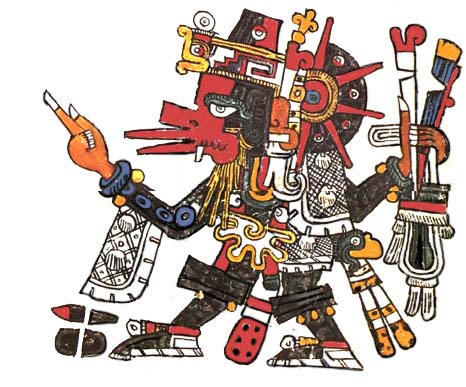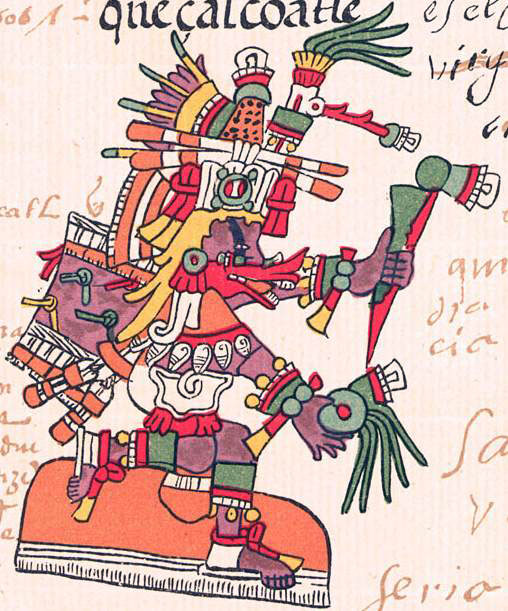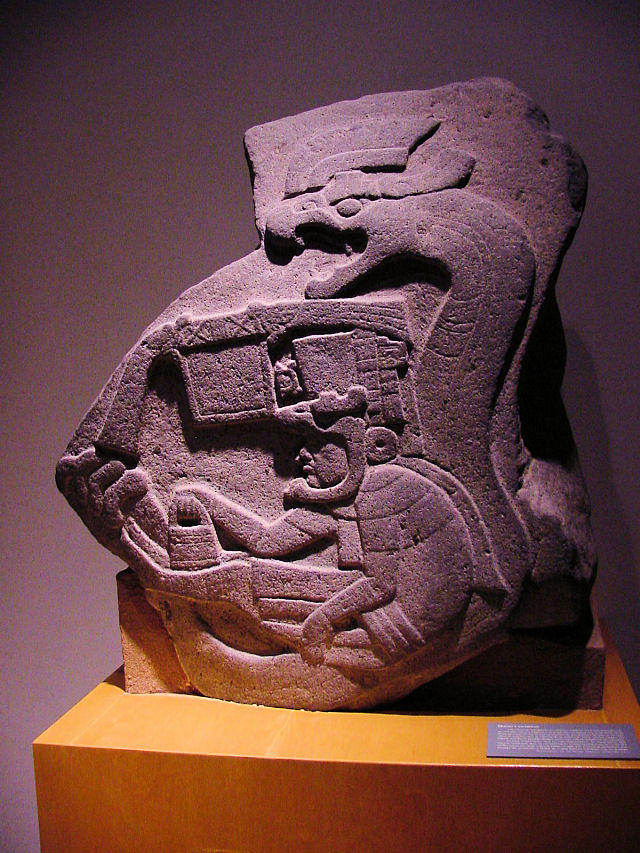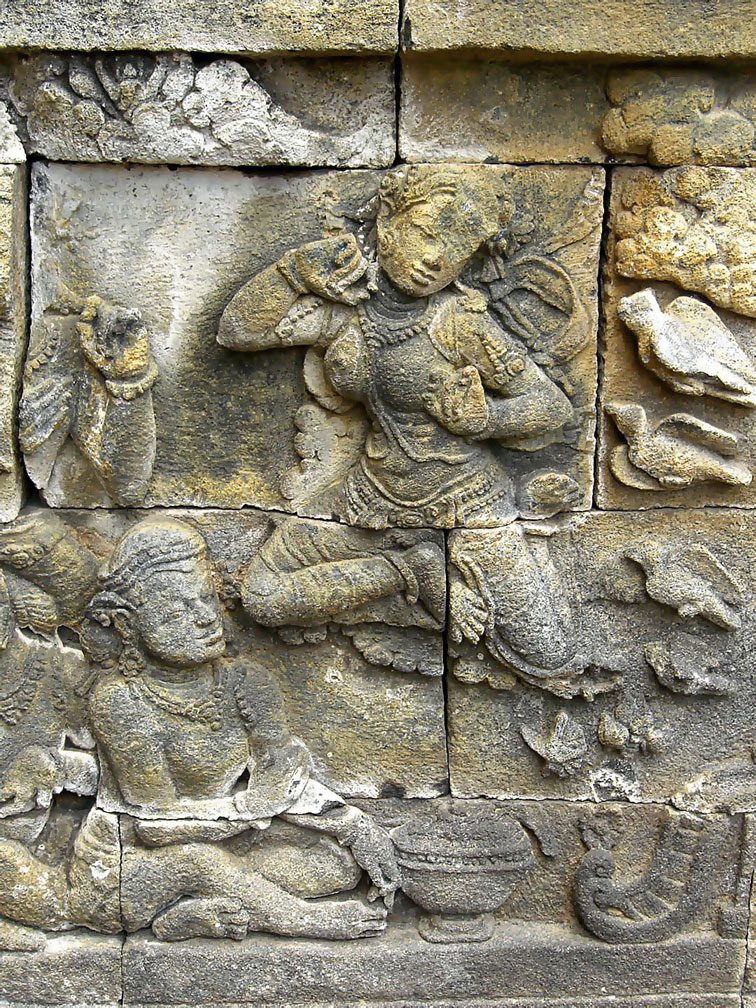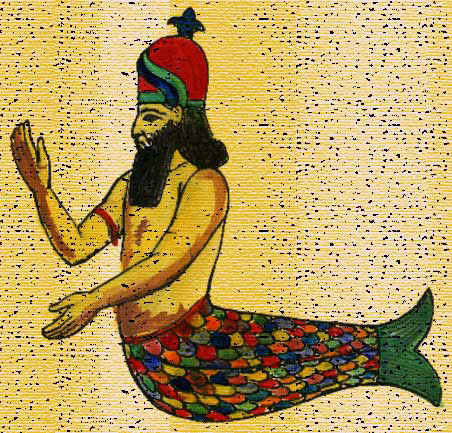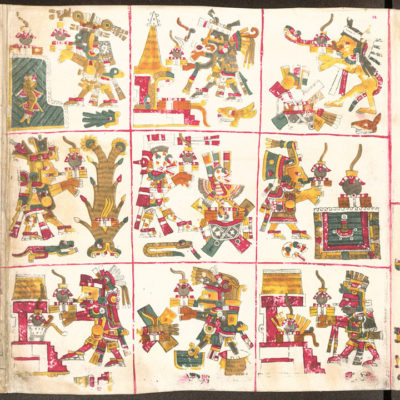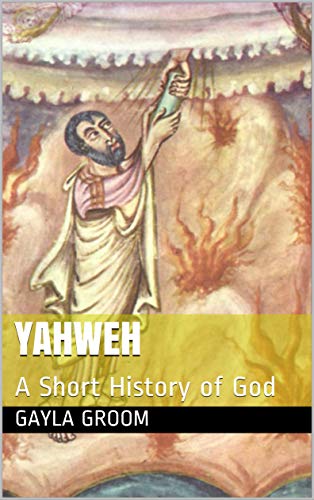There’s a class of ancient stories about knowledge bringers. These were highly accomplished beings who came from the sky and taught the people the skills they needed to survive and thrive. Not surprisingly, many of these knowledge bringers are known as gods, usually creator gods. One of my favorite knowledge bringers is Quetzalcoatl. Lots of people have loved him through the ages, and love him still.
According to Graham Hancock in Fingerprints of the Gods, Quetzalcoatl was the main god of the ancient Mexicans. Hancock cites descriptions of Quetzalcoatl that sound much like Viracocha: “a fair and ruddy complexioned man with a long beard”, “a white man, a large man, broad browed, with huge eyes, long hair, and a great, rounded beard”, also:
…a mysterious person … a white man with strong formation of body, broad forehead, large eyes, and a flowing beard. He was dressed in a long, white robe reaching to his feet. He condemned sacrifices, except of fruits and flowers, and was known as the god of peace…. When addressed on the subject of war he is reported to have stopped up his ears with his fingers.
Another source cited by Hancock, The Mythology of Mexico and Central America, by John Bierhorst, says that the “wise instructor” Quetzalcoatl:
… came from across the sea in a boat that moved by itself without paddles. He was a tall, bearded white man who taught people to use fire for cooking. He also built houses and showed couples that they could live together as husband and wife; and since people often quarreled in those days, he taught them to live in peace.
In Fair Gods and Stone Faces, by Constance H. Frick Irwin, Quetzalcoatl is described as arriving at Coatzecoalcos (Serpent Sanctuary) by sea in vessels “with sides that shone like the scales of serpents’ skins”.
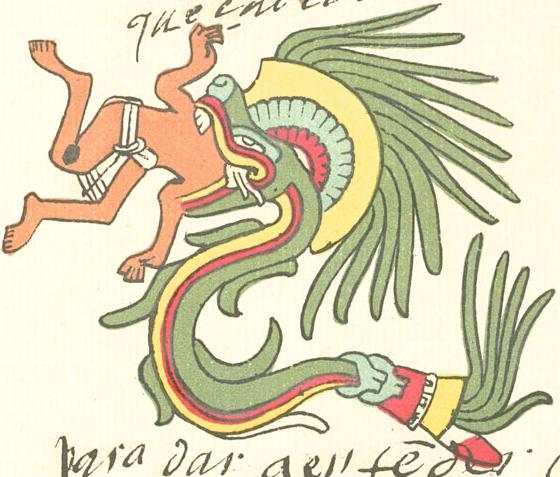
The legends say that Quetzalcoatl had come from very far away, across the Eastern Sea. They also say he left, with much sadness, supposedly from Coatzecoalcos (Serpent Sanctuary), sailing on a “raft of serpents,” saying he would be back someday [like Viracocha]. Hancock cites The New Larousse Encyclopedia of Mythology: “[Quetzalcoatl] burned his houses, built of silver and shells, buried his treasure, and set sail on the Eastern Sea preceded by his attendants who had been changed into bright birds.”
Since the sixteenth century it has been widely held that the Aztec Emperor Moctezuma II initially believed the landing of Hernán Cortés in 1519 to be Quetzalcoatl’s return. This has been questioned by ethno-historian Matthew Restall (and a great majority of others) who argues that the Quetzalcoatl-Cortés connection is not found in any document that was created independently of post-Conquest Spanish influence, and that there is little proof of a pre-Hispanic belief in Quetzalcoatl’s return. Most documents expounding this theory are of entirely Spanish origin, such as Cortés’s letters to Charles V of Spain, in which Cortés goes to great pains to present the naïve gullibility of the Aztecs in general as a great aid in his conquest of Mexico. (Read more.) —http://en.wikipedia.org/wiki/Quetzalcoatl
Like Viracocha in South America, Quetzalcoatl went by different names in different parts of Mexico and Central America. He was Gucumatz to the Quiche Maya; he was Kukulkan to workshipers at Chichen Itza. All three of these names mean “Feathered Serpent”. Quetzalcoatl may also be at the core of the Mayan gods Votan and Itzamana. Quetzalcoatl was known to travel with assistants, so the numerous similar stories may reflect multiple “gods” spread across the New World.
Certain myths set out in the Ancient Mayan religious texts known as the Books of Chilam Balam, for instance, reported that “the first inhabitants of Yucatan were the “People of the Serpent”. They came from the east in boats across the water with their leader Itzamana, “Serpent of the East”, a healer who could cure by laying on hands, and who revived the dead.
“Kukulkan,” stated another tradition, “came with nineteen companions, two of whom were gods of fish, two others gods of agriculture, and a god of thunder…. They stayed ten years in Yucatan. Kukulkan made wise laws and then set sail and disappeared in the direction of the rising sun…. —Graham Hancock, Fingerprints of the Gods
Quetzalcoatl and his kind were credited with introducing writing, mathematics, the calendar, masonry, architecture, metallurgy, astronomy, agriculture, medicine, herbalism, law, and arts and crafts. He also forbade human sacrifice, although it reappeared after he left.
Quetzalcoatl was defeated by an evil god called Tezcatilpoca (Smoking Mirror) at Tollan, modern-day Tula (in Hidalgo, central Mexico). Supposedly, Tezcatilpoca had a magic mirror, called Tezcat, in which he could see things from far away, and from which other mirrors were made for wizards.
Graham Hancock has noted that idols in the Tula ruins are holding weapons similar to those held by Viracocha-related idols in the Kalasasaya Temple at Tiahuanaco —weapons unidentifiable as anything known. He suggests they may be the legendary xiuhcoatl, —fire serpents— weapons of the gods. He references An Illustrated Dictionary of the Gods and Symbols of Ancient Mexico and the Maya, by Mary Ellen Miller and Karl Taube, that these fire serpents “apparently emitted burning rays capable of piercing and dismembering human bodies.”
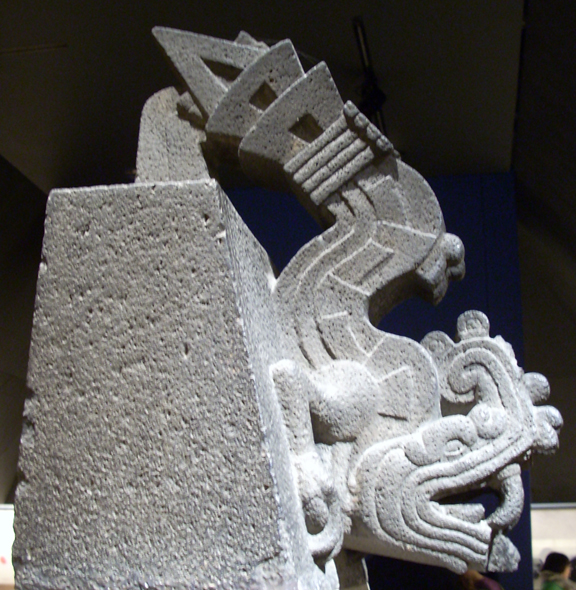
Most Mesoamerican beliefs included cycles of suns. Usually, our current time was considered the fifth sun, the previous four having been destroyed by flood, fire and the like. Quetzalcoatl allegedly went to Mictlan, the underworld, and created fifth-world mankind [us] from the bones of the previous races (with the help of Chihuacoatl), using his own blood, from a wound in his penis, to imbue the bones with new life.
His birth, along with his twin Xolotl, was unusual; it was a virgin birth, to the goddess Coatlicue.[citation needed] Alternatively, he was a son of Xochiquetzal and Mixcoatl. One Aztec story claims that Quetzalcoatl was seduced by Tezcatlipoca into becoming drunk and sleeping with a celibate priestess (in some accounts, his sister Quetzalpetlatl) and then burned himself to death out of remorse. His heart became the morning star (see Tlahuizcalpantecuhtli). — http://en.wikipedia.org/wiki/Quetzalcoatl
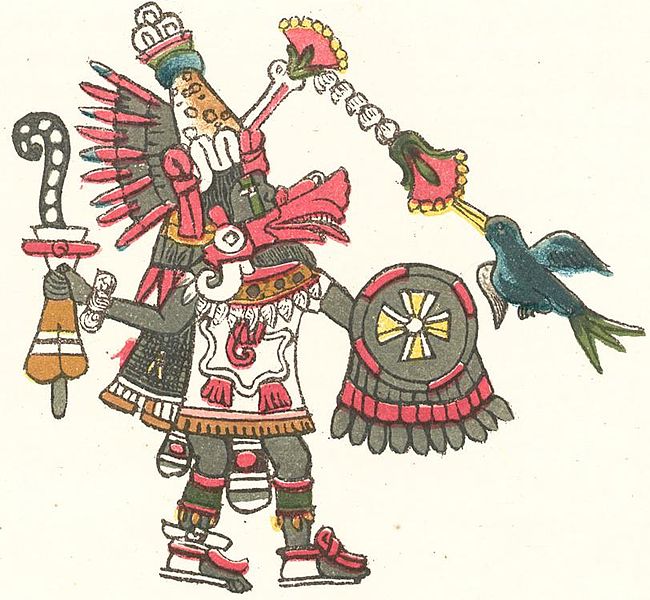
source
Speaking of a relief found carved on granite at La Venta, an Olmec site near the port of Coatzecoalcos (Serpent Sanctuary) on the Gulf of Mexico, and now obliterated by petroleum interests, Graham Hancock says:
The relief…showed a man sitting with his legs stretched out in front of him as though he were reaching for pedals with his feet. He held a small, bucket-shaped object in his right hand. With his left he appeared to be raising or lowering a lever. The “head-dress” he wore was an odd and complicated garment. To my eye it seemed more functional than ceremonial, although I could not imagine what its function might have been. On it, or perhaps on a console above it, were two x-shaped crosses.
I turned my attention to the other principal element of the sculpture, the “feathered serpent”. On one level it did, indeed, depict exactly that: a plumed or feathered serpent, the age-old symbol of Quetzalcoatl, whom the Olmecs, therefore, must have worshipped (or at the very least recognized). Scholars do not dispute this interpretation. It is generally accepted that Quetzalcoatl’s cult was immensely ancient, originating in prehistoric times in Central America and thereafter receiving the devotion of many cultures during the historic period.
The feathered serpent in this particular sculpture, however, had certain characteristics that set it apart. It seemed to be more than just a religious symbol; indeed, there was something rigid and structured about it that made it look almost like a piece of machinery. —Graham Hancock, Fingerprints of the Gods.
